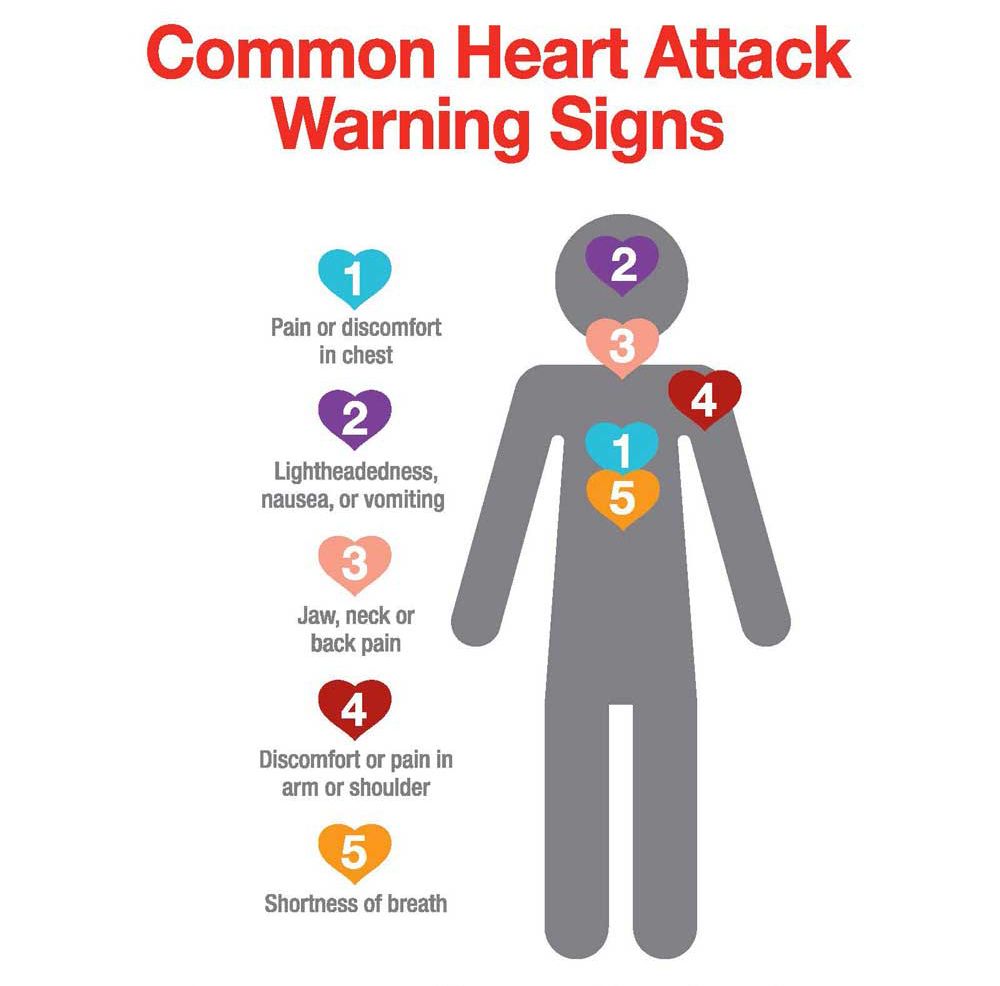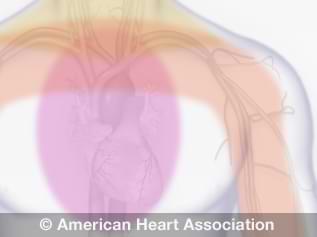February is American Heart Month, a time when everyone can focus on cardiovascular health. This includes brushing up on the signs of a heart attack.

Catch the signs early
Don’t wait to get help if you experience any heart attack warning signs. Some heart attacks are sudden and intense, but others start slowly, with mild pain or discomfort. Pay attention to your body and call 911 if you experience:
- Chest discomfort. Most heart attacks involve discomfort in the center of the chest that lasts more than a few minutes—or it may go away and then return. It can feel like uncomfortable pressure, squeezing, fullness, or pain.
- Discomfort in other areas of the upper body. Symptoms can include pain or discomfort in one or both arms, the back, neck, jaw, or stomach.
- Shortness of breath. This can occur with or without chest discomfort.
- Other signs. Other possible signs include breaking out in a cold sweat, nausea, or lightheadedness.
What is a Heart Attack?
What is a heart attack? The American Heart Association explains myocardial infarction, also called heart attack.

Symptoms vary between men and women
As with men, the most common heart attack symptom for women is chest pain (angina) or discomfort. But women may experience other symptoms that are typically less associated with a heart attack, such as shortness of breath, nausea/vomiting, and back or jaw pain.
Angina (Chest Pain)
The American Heart Association explains angina is the medical term for chest pain or discomfort due to coronary heart disease. Learn about angina and its various types.

Source: American Heart Association
